 Development of an innovative tool for minimizing the overall greenhouse gases (GHGs) emission due to aerobic biological wastewater treatment. The final product of the LESSWATT project consists of an innovative instrument (LESSDRONE) and a new protocol for optimizing the operation of the aeration compartment in aerobic processes. GHGs emission is in fact due to both direct and indirect contributions while energy demand is only responsible for indirect ones. In this view, the tool could be a valid support for:
Development of an innovative tool for minimizing the overall greenhouse gases (GHGs) emission due to aerobic biological wastewater treatment. The final product of the LESSWATT project consists of an innovative instrument (LESSDRONE) and a new protocol for optimizing the operation of the aeration compartment in aerobic processes. GHGs emission is in fact due to both direct and indirect contributions while energy demand is only responsible for indirect ones. In this view, the tool could be a valid support for:
– effectively evaluating the impact of new climate related environmental policies;
– making environmental policies less onerous;
– favouring the compliance of European Environmental regulation on water quality, CFP minimization and GHGs emission inventory (Regulation (EC) No 166/2006);
– providing widely applicable guidelines for WRRFs in Europe, and climatically similar regions, identifying the best equilibrium between OTE and GHGs emission.
 LESSDRONE will be composed of available technologies for developing an economically interesting instrument extending conventional off-gas analysers in a tool for CFP minimization strategies in WRRF. The heterogenic group of LESSWATT partners can easily diffuse and reach key-stakeholders through a well-structured network. The partnership between the universities of Florence and Ghent (in particular between the departments DICEA and BIOMATH) is a long well established relation. WEST Systems ensures the reliability of the technical equipment involved but also to reach important industrial contacts for the after-LIFE commercial character of LESSWATT. CUOIODEPUR represents an added value to an effective networking activity for getting endorsement and reaching key-stakeholders in industry and municipality. UTILITATIS is the partner that will expand the territorial influence of LESSWATT to the whole Italy. Awareness Raising and Training activities of the ETAP (Environmental Technologies Action Plan) will be sensibly promoted.
LESSDRONE will be composed of available technologies for developing an economically interesting instrument extending conventional off-gas analysers in a tool for CFP minimization strategies in WRRF. The heterogenic group of LESSWATT partners can easily diffuse and reach key-stakeholders through a well-structured network. The partnership between the universities of Florence and Ghent (in particular between the departments DICEA and BIOMATH) is a long well established relation. WEST Systems ensures the reliability of the technical equipment involved but also to reach important industrial contacts for the after-LIFE commercial character of LESSWATT. CUOIODEPUR represents an added value to an effective networking activity for getting endorsement and reaching key-stakeholders in industry and municipality. UTILITATIS is the partner that will expand the territorial influence of LESSWATT to the whole Italy. Awareness Raising and Training activities of the ETAP (Environmental Technologies Action Plan) will be sensibly promoted.












